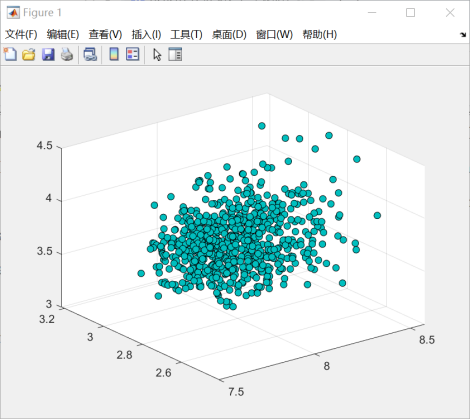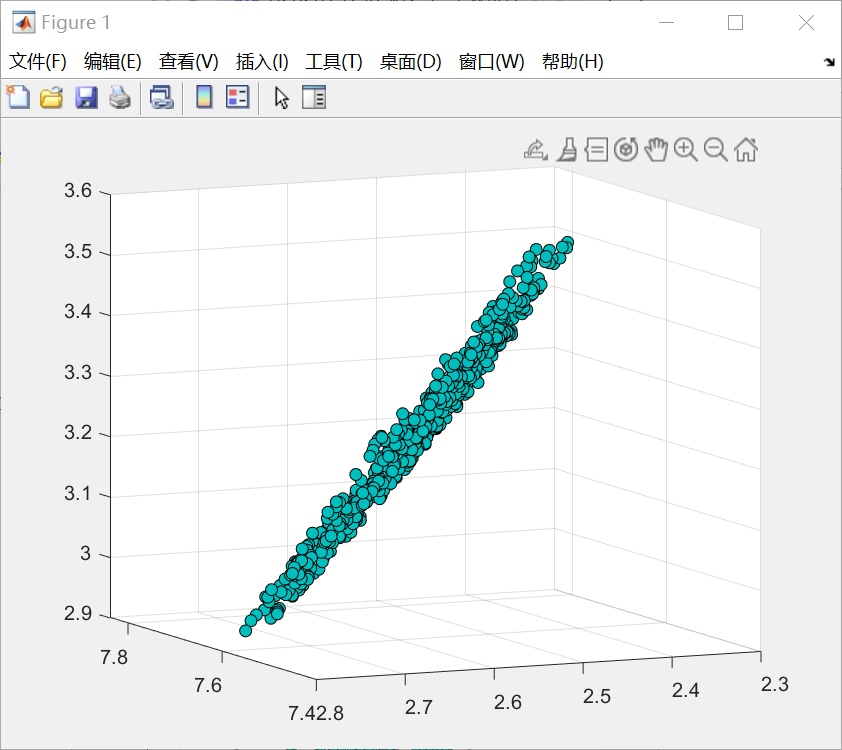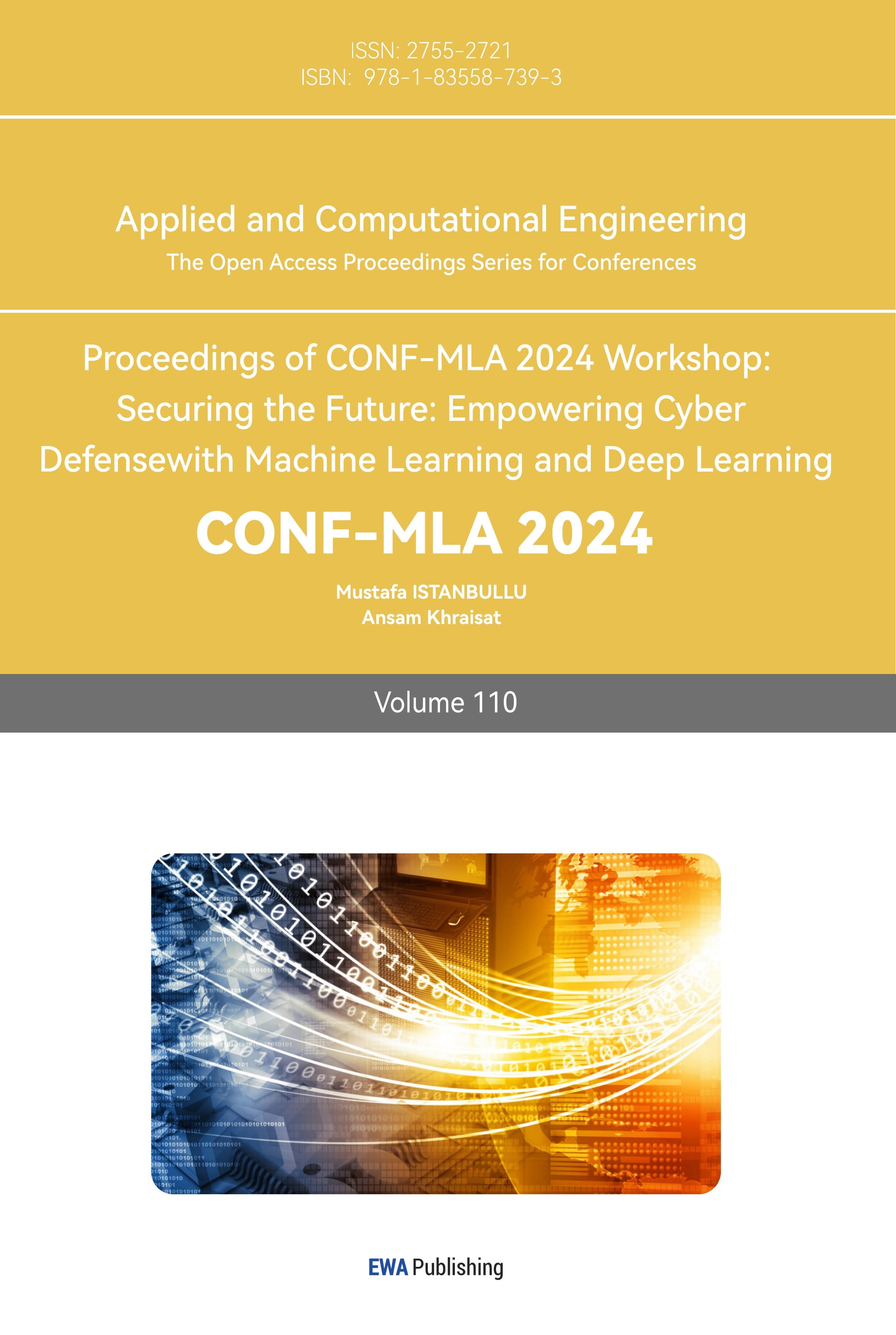1. Introduction
With the continuous acceleration of urbanization and the rapid development of the economy, the issue of Municipal Solid Waste (MSW) has gradually become one of the key factors constraining urban sustainable development. MSW primarily consists of domestic waste produced by daily life, waste from commercial activities, and other sources of solid waste. According to statistics, in 2021, the city of Wuhan generated a total of 13,162,300 tons of general industrial solid waste, 380,500 tons of industrial hazardous waste, and dismantled 1,604,000 old household appliances (such as televisions, washing machines, refrigerators, air conditioners, and computers). Compared to the previous year, the production of various types of solid waste has significantly increased, particularly industrial hazardous waste, which saw a 34% increase from the 284,200 tons generated in 2020.
Facing such a massive volume of solid waste, cities are confronted with severe environmental challenges. On one hand, the growth of urban populations and changes in lifestyles have led to a sustained rise in consumption levels, thereby increasing the amount of waste generated. On the other hand, traditional solid waste disposal methods, such as land filling [1] and incineration [2], while capable of alleviating the pressure of waste accumulation to some extent, have brought about serious environmental problems. Landfills not only occupy a considerable amount of land resources but also emit greenhouse gases and other harmful substances; incineration produces exhaust gases and residues that pollute the air and water, causing long-term harm to the environment.
Given this context, the research on the recycling pathways of MSW and the establishment of a multi-objective optimization model holds significant theoretical and practical value. By studying the recycling pathways of solid waste, effective methods for resource recovery and utilization can be identified, reducing dependency on natural resources and easing the pressure on the environment.
When designing solid waste treatment pathways, it is necessary to comprehensively consider multiple factors such as economy, environment, and society to achieve multi-objective optimization [3]. Therefore, this article balances and chooses between different objectives, taking into account their economic costs, environmental impacts, and resource recovery rates when selecting treatment methods, in order to determine the optimal path. At the same time, there are differences in the economic costs and environmental impacts of different processing paths, which require comprehensive evaluation. This article evaluates scientifically and selects the optimal processing path to achieve efficient utilization of resources and environmental protection.
2. Design process of multi-objective optimization model
Multi-objective optimization models are beneficial in various decision-making scenarios where multiple, often conflicting, objectives need to be considered simultaneously. It allows for the concurrent optimization of multiple goals, which is essential in real-world problems where trade-offs between different objectives are common. This approach helps in finding a set of solutions that represent the best possible trade-offs among the objectives, known as the Pareto optimal solutions. The design process of multi-objective optimization model includes the following five steps: Data Collection, Scale Unification, Modeling, Algorithm Solving and Result Analysis. Each step will be solved successively.
2.1. Solid waste
Solid waste refers to substances that are no longer used in daily life, production, and service activities. Accordingly, this study aims to analyze six different types of solid waste:
Industrial solid waste: Solid waste generated in the industrial production process, including dust, debris, waste residue, etc.
Domestic waste: Solid waste generated in daily life includes food residues, paper, plastic, glass, metal, textiles, etc.
Construction waste: Solid waste generated during construction, demolition, and renovation processes, including concrete, bricks, wood, metal, glass, stone, etc.
Agricultural solid waste: Solid waste generated in the agricultural production process includes straw, waste pesticide bottles, agricultural film, etc.
Medical waste: Solid waste generated during medical activities, including discarded drugs, medical devices, etc.
Hazardous waste: Solid waste containing harmful substances, including batteries, waste paint, fluorescent tubes, etc.
2.2. Waste disposal methods
Different five waste disposal methods are selected:
Chemical treatment: Treat solid waste through chemical methods such as dissolution, precipitation, adsorption, etc.
Biological treatment: Utilize microorganisms, plants, or other living organisms to treat solid waste.
Incineration treatment: Treat solid waste through combustion and the heat it generates.
Thermal decomposition: Under anaerobic or hypoxic conditions, treat solid waste through high-temperature decomposition.
Curing treatment: By adding a solidified substrate, treat solid waste through fixing or containing them in an inert solidified substrate.
2.3. Objective function
After confirming the certain research content, this study collected data from relevant environmental websites of Wuhan Municipal Government and quantified it to a unified scale [4].
In order to simplify the calculation, this study stipulated that each type of solid waste will be divided to five proportion and treated handled separately in the five disposal methods. Also, the processing effect would be measured by three indicators: Gas Pollution Level, Waste Reduction Amount and Yield of Recycled Products. During the establishment of the multi-objective optimization model, three objective functions were successively defined as well, which corresponded one-to-one with the three indicators. The formulae for the objective functions are as follows:
Maximization of Waste Reduction Amount:
\( EC1=max(\sum _{s}(\sum _{d}{K_{sd}}×{X_{sd}}-β×D{X_{s}})×{M_{s}}) \) (1)
Maximization of Yield of Recycled Products:
\( EC2=max(\sum _{s}\sum _{d}{M_{s}}×{B_{sd}}×{X_{sd}}) \) (2)
Minimization of Gas Pollution Level:
\( EN=min(\sum _{s}\sum _{d}{M_{s}}×{P_{sd}}×{X_{sd}}) \) (3)
where S(1,2,3,…,s) is the set of solid waste types, D(1,2,3,…,d) is the set of disposal methods, \( {M_{s}} \) presents the daily production rate of s-type waste (t/day), \( {K_{sd}} \) presents the treatment rate (%) of d-type methods for s-type waste, \( {B_{sd}} \) indicates the daily output of recycled products generated from the treatment of s-type waste with d-type methods, \( {P_{sd}} \) indicates the amount of pollution (L/t) generated after treating s-type waste with d-type treatment methods, \( β \) denotes the efficiency loss when each methods are combined , \( {X_{sd}} \) is the decision variable.
2.4. Algorithm
When it comes to solving the model, this study selected the NSGA-II algorithm [5]. The NSGA-II algorithm was first proposed by Deb et al., and its idea is a fast non dominated multi-objective optimization algorithm with elite retention strategy. It is based on Pareto optimal solution. The algorithm would be implemented on Matlab, and the process of the algorithm is as follows:
Firstly, an initial population of size N is randomly generated, and after non dominated sorting, the first generation offspring population is obtained through three basic operations of genetic algorithm: selection, crossover, and mutation. Then starting from the second generation, the parent population and child population are merged for fast non dominated sorting, and the crowding degree of individuals in each non dominated layer is calculated. Based on the non dominated relationship and the crowding degree of individuals, suitable individuals are selected to form a new parent population. Finally, new offspring populations are generated through the basic operations of genetic algorithms. Repeat this process until the conditions for program termination are met.
3. Experiment analysis
3.1. Experiment setup
In order to reduce the calculation amount of the model, the solid waste treatment method is stipulated as five treatment methods, and the treatment ratio of each treatment method is represented by decision variables. Physical transport costs for solid waste are ignored. This hypothesis makes the model more simplified and reduces the dimension of decision variables, so that the experimental results tend to be unified and the experimental model is realized. Subsequently, this paper will continue to analyze whether this hypothesis is reasonable, and analyze the feasibility and limitations of this hypothesis from multiple perspectives.
3.2. Data collection
According to the data provided by the Wuhan Environmental Protection Bureau, the daily production data of six main types of solid waste in Wuhan are shown in Table 1.
Table 1. Daily Production
Types of Solid Waste | Daily Production(t/day) |
Industrial Solid Waste | 2000 |
Domestic Waste | 3000 |
Construction Waste | 1500 |
Agricultural solid Waste | 1000 |
Medical Waste | 500 |
Hazardous Waste | 300 |
The processing rates of each solid waste treatment method are shown in Table 2:
Table 2. Waste Processing Rate
Types of Solid Waste | Chemical Treatment (%) | Biological Treatment (%) | Incineration Treatment (%) | Thermal Treatment (%) | Curing Treatment (%) |
Industrial Solid Waste | 30 | 20 | 40 | 20 | 60 |
Domestic Waste | 20 | 30 | 50 | 40 | 10 |
Construction Waste | 25 | 35 | 20 | 30 | 45 |
Agricultural solid Waste | 20 | 50 | 30 | 20 | 10 |
Medical Waste | 35 | 25 | 40 | 30 | 20 |
Hazardous Waste | 45 | 30 | 30 | 25 | 15 |
In order to establish and solve the multi-objective optimization model described earlier, it is necessary to determine the treatment rate and pollution parameters for each type of solid waste. The pollution data and yield of recycled products are shown as Table 3 and Table 4:
Table 3. Pollution Data
Types of Solid Waste | Chemical Treatment (L/t) | Biological Treatment (L/t) | Incineration Treatment (L/t) | Thermal Treatment (L/t) | Curing Treatment (L/t) |
Industrial Solid Waste | 50 | 60 | 20 | 30 | 40 |
Domestic Waste | 60 | 30 | 50 | 50 | 20 |
Construction Waste | 70 | 20 | 60 | 50 | 40 |
Agricultural solid Waste | 20 | 30 | 50 | 40 | 80 |
Medical Waste | 50 | 30 | 70 | 20 | 60 |
Hazardous Waste | 90 | 80 | 40 | 60 | 50 |
Table 4. Yield of Recycled Products
Types of Solid Waste | Chemical Treatment (t/day) | Biological Treatment (t/day) | Incineration Treatment (t/day) | Thermal Treatment (t/day) | Curing Treatment (t/day) |
Industrial Solid Waste | 300 | 300 | 200 | 300 | 400 |
Domestic Waste | 600 | 300 | 500 | 400 | 800 |
Construction Waste | 700 | 200 | 900 | 300 | 400 |
Agricultural solid Waste | 500 | 700 | 100 | 500 | 600 |
Medical Waste | 200 | 600 | 700 | 400 | 300 |
Hazardous Waste | 1000 | 800 | 300 | 500 | 400 |
3.3. Result analysis
The experimental results are shown in Figure 1 and Figure 2.

Figure 1. Initially Generated Population (Photo/Picture credit : Original)

Figure 2. Optimal Classification of Solution Set Population(Pareto Plane) (Photo/Picture credit : Original)
In the above two figures, the first diagram represents a randomly generated initial path population, which can be seen as randomly distributed in vector space. The second chart is the Pareto optimal surface formed after 700 iterations, where the distribution of elements represents the optimal solution set of the multi-objective optimization problem. Part of the optimized classification solution set:
Table 5. Best Path from Each Solid Waste to Each method
Path of Recycling | Chemical Treatment (%) | Biological Treatment (%) | Incineration Treatment (%) | Thermal Treatment (%) | Curing Treatment (%) |
Industrial Solid Waste | 20.17 | 39.59 | 6.17 | 0.37 | 33.72 |
Domestic Waste | 4.28 | 17.07 | 36.97 | 40.76 | 0.91 |
Construction Waste | 23.31 | 24.19 | 0.76 | 31.7 | 20.3 |
Agricultural solid Waste | 3.43 | 1.17 | 44.66 | 7.36 | 43.38 |
Medical Waste | 33.12 | 0.78 | 37.23 | 6.63 | 22.24 |
Hazardous Waste | 15.45 | 24.67 | 24.22 | 18.62 | 17.04 |
The simulation results show that the multi-objective optimization model can effectively balance economic costs, environmental costs, and utilization efficiency in the treatment and utilization of solid waste, providing scientific decision support for achieving urban sustainable development and resource recycling [6].
Feasibility analysis: Through the application of multi-objective optimization models and the NSGA-II algorithm, the research results show that the combination of various solid waste treatment methods has been optimized in terms of economic cost, environmental cost, and resource utilization efficiency (Table 5). The specific analysis is as follows:
Industrial solid waste: The selected treatment path minimizes the amount of waste and reduces pollutant emissions.
Domestic waste: The chosen treatment path effectively improves the resource recovery rate and reduces the amount of waste landfill.
Construction waste: The chosen disposal method has enabled the recycling of construction materials, reducing resource waste.
Agricultural solid waste: The selected treatment path improves the utilization rate of organic matter and reduces environmental pollution.
Medical waste: The selected treatment path effectively controls the spread of pathogens and harmful substances.
Hazardous waste: The selected treatment path has achieved the harmless treatment and safe storage of hazardous substances.
The results indicate improvements across economic costs, environmental costs, and resource utilization efficiency for various types of solid waste.
4. Conclusion
This study applied multi-objective optimization models and the NSGA-II algorithm to optimize the solid waste management pathways in Wuhan. The results indicate improvements across economic costs, environmental costs, and resource utilization efficiency for various types of solid waste. Specifically, the optimized paths have led to a reduction in the total volume and pollutant emissions of industrial solid waste, increased resource recovery rates and reduced landfill requirements for domestic waste, more efficient recycling of construction materials, enhanced organic matter utilization and reduced environmental pollution for agricultural solid waste, controlled spread of pathogens and harmful substances in medical waste, and achieved safe treatment and storage of hazardous waste. However, the data primarily sourced from the Wuhan Environmental Protection Bureau and related entities may have limitations in accuracy and completeness. Additionally, the efficiency and pollution parameters of different processing methods may vary in practical applications, affecting the accuracy and reliability of the model and results. Future research could benefit from more extensive data collection and field studies to improve data accuracy and model applicability. Furthermore, this study mainly relied on static models without fully considering the dynamic changes and mutual influences during processing. Future research could introduce dynamic optimization models to simulate changes during processing, analyze the long-term effects and interactions of different processing methods, thus enhancing the accuracy and practicality of the models.
References
[1]. Dabbiru S, Munwar B B. (2024) Component and System Reliability Assessment of Landfill Cover Systems Using Pseudostatic and Pseudodynamic Methods. International Journal of Geomechanics, 24(11).
[2]. Ma H, Wei Q, Chen W, et al. (2024) Corrosion shielding effect of poly aluminium sulphate on metallic aluminium during the solidification of radioactive incineration bottom ash by low alkalinity cement. Construction and Building Materials, 447137970-137970.
[3]. Cerrato I S, Pacios D, Rodriguez E M J, et al. (2024) Optimized data management with color multiplexing in QR codes. Physica Scripta, 99(10): 105036-105036.
[4]. Harane P P, Unune R D, Ahmed R, et al.(2024) Multi-objective optimization for electric discharge drilling of waspaloy: A comparative analysis of NSGA-II, MOGA, MOGWO, and MOPSO. Alexandria Engineering Journal, 99(1): 1-16.
[5]. Alcaraz J. (2024) Redesigning a NSGA-II metaheuristic for the bi-objective Support Vector Machine with feature selection. Computers and Operations Research, 172106821-106821.
[6]. Mahesh N, Yogesh B, Sravanthi S, Vaibhav H, Ravindra N, Rahul Z, et al,(2023) Multi-objective optimization and experimental investigation of quarter car suspension system. International Journal of Dynamics and Control, 12(5): 1222-1238.
Cite this article
Chu,Z. (2024). Path Analysis of Recycling of Urban Solid Waste Based on Multi-Objective Optimization Model. Applied and Computational Engineering,110,29-35.
Data availability
The datasets used and/or analyzed during the current study will be available from the authors upon reasonable request.
Disclaimer/Publisher's Note
The statements, opinions and data contained in all publications are solely those of the individual author(s) and contributor(s) and not of EWA Publishing and/or the editor(s). EWA Publishing and/or the editor(s) disclaim responsibility for any injury to people or property resulting from any ideas, methods, instructions or products referred to in the content.
About volume
Volume title: Proceedings of CONF-MLA 2024 Workshop: Securing the Future: Empowering Cyber Defense with Machine Learning and Deep Learning
© 2024 by the author(s). Licensee EWA Publishing, Oxford, UK. This article is an open access article distributed under the terms and
conditions of the Creative Commons Attribution (CC BY) license. Authors who
publish this series agree to the following terms:
1. Authors retain copyright and grant the series right of first publication with the work simultaneously licensed under a Creative Commons
Attribution License that allows others to share the work with an acknowledgment of the work's authorship and initial publication in this
series.
2. Authors are able to enter into separate, additional contractual arrangements for the non-exclusive distribution of the series's published
version of the work (e.g., post it to an institutional repository or publish it in a book), with an acknowledgment of its initial
publication in this series.
3. Authors are permitted and encouraged to post their work online (e.g., in institutional repositories or on their website) prior to and
during the submission process, as it can lead to productive exchanges, as well as earlier and greater citation of published work (See
Open access policy for details).
References
[1]. Dabbiru S, Munwar B B. (2024) Component and System Reliability Assessment of Landfill Cover Systems Using Pseudostatic and Pseudodynamic Methods. International Journal of Geomechanics, 24(11).
[2]. Ma H, Wei Q, Chen W, et al. (2024) Corrosion shielding effect of poly aluminium sulphate on metallic aluminium during the solidification of radioactive incineration bottom ash by low alkalinity cement. Construction and Building Materials, 447137970-137970.
[3]. Cerrato I S, Pacios D, Rodriguez E M J, et al. (2024) Optimized data management with color multiplexing in QR codes. Physica Scripta, 99(10): 105036-105036.
[4]. Harane P P, Unune R D, Ahmed R, et al.(2024) Multi-objective optimization for electric discharge drilling of waspaloy: A comparative analysis of NSGA-II, MOGA, MOGWO, and MOPSO. Alexandria Engineering Journal, 99(1): 1-16.
[5]. Alcaraz J. (2024) Redesigning a NSGA-II metaheuristic for the bi-objective Support Vector Machine with feature selection. Computers and Operations Research, 172106821-106821.
[6]. Mahesh N, Yogesh B, Sravanthi S, Vaibhav H, Ravindra N, Rahul Z, et al,(2023) Multi-objective optimization and experimental investigation of quarter car suspension system. International Journal of Dynamics and Control, 12(5): 1222-1238.









